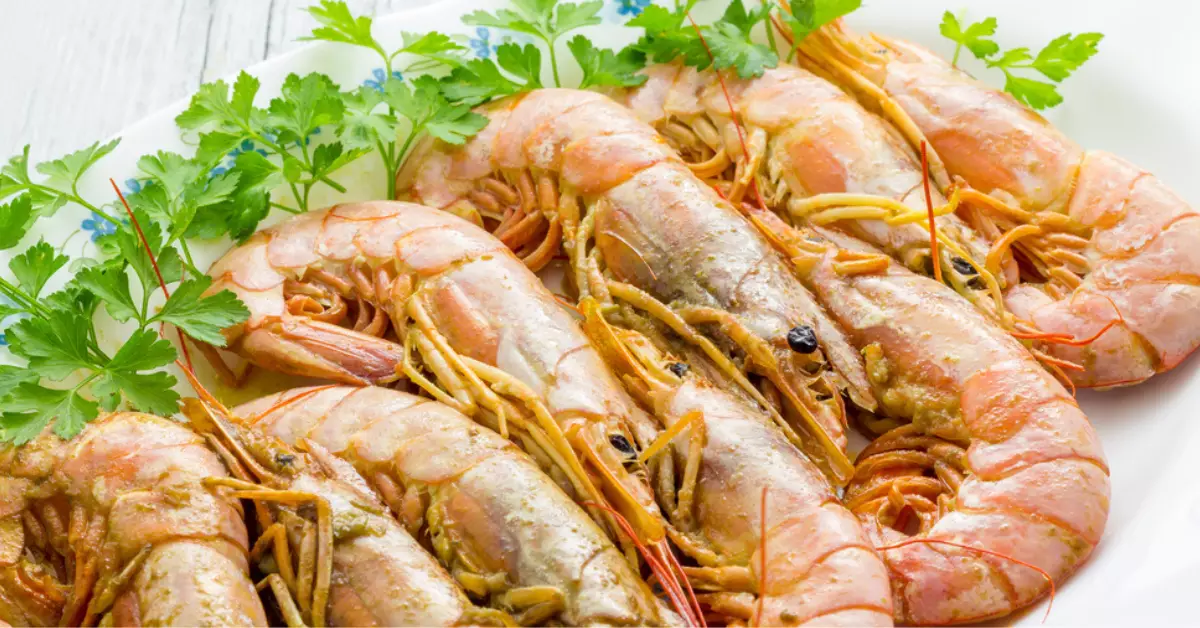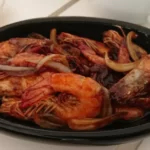Brining is a culinary technique that has stood the test of time. From grannies’ kitchens to the best of restaurants, it holds an essential place in culinary arts. Its prominence lies in its ability to tenderize and flavor the most robust meats, making the mundane morsels remarkably savory and delectable.
Answering the query “Do you have to cook immediately after brining?” directly, no, it is not an absolute necessity. Depending upon the type of meat and your recipe, you can choose to cook immediately or let the meat rest for some more time. There isn’t a fixed rule but understanding the nuances helps to make the most of brining.
Brining follows the principles of osmosis and diffusion. The salt in the brine denatures the proteins in the meat, allowing it to retain more moisture. It also helps in infusing flavors deep into the meat, ensuring a burst of flavor with every bite.
Essential Components of a Brine
Brining is an art that has few but essential components at its core. The main ingredients in any brine are salt and water. They form the backbone of a brine, but other ingredients like sugars, spices, and herbs often join in to enhance the flavors.
Common Ingredients used in Brine
- Salt: The hero of the brine. It’s responsible for tenderizing the meat and making it juicy.
- Water: The carrier. It helps the salt and other flavors penetrate deep into the meat.
- Sugar: Often used to balance out the saltiness and to add a hint of sweetness.
- Spices and Herbs: For adding complex flavors to the meat.
Role of Salt and Water in Brining
Salt changes the protein structure in meat, allowing it to absorb and retain more water. Meanwhile, water serves as the medium that carries these flavors deep into the meat.
The Science Behind Brining
Brining might seem like magic, but it’s more about science. It makes use of osmosis and diffusion to make the meat more tender and flavorful.
Brining and its Impact on Meat Texture
Salt in the brine breaks down some of the proteins in the meat, causing them to unwind and swell. This change allows the meat to absorb and retain more water, resulting in juicier and more tender output.
How Brining Enhances Flavor
The flavors added to the brine also get carried into the meat along with the water. This process ensures that the flavors are deep inside the meat and not just on the surface, making every bite flavorful.
The Brining Process: A Step-by-Step Guide
The process of brining is an interplay of flavors and science that can yield deliciously tender and moist meat when done correctly. It may look simple, but ensuring each step is carefully followed can significantly influence the results.
Preparing the Perfect Brine
The first step of brining is to create the perfect brine solution. The basic recipe requires only salt and water, but you can customize it to suit your taste by adding various other ingredients:
- Salt: This is the most crucial component. It works to tenderize the meat by breaking down its proteins. A good rule of thumb is to use one cup of salt for each gallon of water.
- Water: It serves as the medium that carries the salt and flavors into the meat. Make sure to use enough water to completely submerge the meat.
- Sugar: This ingredient is optional, but adding a bit can help balance the saltiness and give the meat a slight sweetness. Use half as much sugar as salt.
- Spices and Herbs: The choice here is limitless. You can use your favorite spices and herbs to infuse the brine with more complex flavors.
Submerging the Meat in the Brine
Once the brine is prepared, the next step is to submerge the meat completely in the brine. This step ensures that all parts of the meat are exposed to the brine for an even distribution of flavor and tenderness. For brining whole chickens or turkeys, a large brining bag can be very useful. If the meat floats to the top, weigh it down with a plate.
Correct Duration for Brining Different Meats
The duration for brining depends on the type and size of the meat. For chicken breasts, 1 to 2 hours of brining should suffice. Whole chickens usually require 4 to 12 hours. Larger cuts like whole turkeys can be left in the brine for up to 24 hours. Over-brining can result in a salty and mushy meat, so be sure to time it appropriately.
After-Brining Process: Rinse and Pat Dry
After brining, it’s crucial to rinse the meat under cold water to remove any excess surface salt that could make the meat overly salty. After rinsing, pat the meat dry with a paper towel. The drier the surface of the meat, the better it will brown during cooking.
Cooking Immediately After Brining: Is It Necessary?
Cooking immediately after brining is not a hard-and-fast rule. Depending on the type of meat and the recipe you’re following, you can choose to cook right away or wait a bit. However, keep in mind that the meat should not be left in the brine for longer than necessary, as it can become overly salty and mushy. If you decide not to cook immediately, it’s best to remove the meat from the brine, rinse it, pat dry, and then refrigerate until it’s time to cook.
Cooking Post-Brining: Best Practices
Once you’ve finished brining, a few practices can help you make the most of your cooking:
- Rest the meat: If you’re not planning to cook the meat immediately, let it rest in the refrigerator after removing it from the brine. This rest period can allow the salt and flavors to distribute more evenly.
- Avoid adding more salt: As the meat has already absorbed salt from the brine, be careful when adding more during cooking. Taste and adjust the seasoning carefully.
- Consider your cooking method: Brined meat can be grilled, roasted, smoked, or fried. The cooking method you choose can also influence the final flavor and texture of the meat.
Common Mistakes in Brining and Cooking
Brining is relatively straightforward, but there are a few pitfalls to avoid to ensure optimal results:
- Not using enough salt: While over-brining can make meat too salty, not using enough salt won’t have the desired tenderizing and moisturizing effects. Stick to the recommended proportions.
- Inadequate brining time: Brining requires time. Rushing the process might not give the brine enough time to work its magic.
- Not rinsing after brining: Failing to rinse the meat after brining can leave it overly salty due to residual brine on the surface.
Brining Beyond Meat: Exploring Other Foods
Brining isn’t exclusively for meats. You can extend this technique to vegetables and seafood for equally impressive results.
Brining Vegetables and its Benefits
Brining can enhance the taste and texture of grilled or roasted vegetables. It adds moisture and prevents the vegetables from drying out during cooking. The method is particularly beneficial for vegetables like cucumbers, carrots, and onions.
Experimenting with Brining in Seafood
Seafood can also greatly benefit from brining. It can improve the flavor and firmness of the flesh. For instance, brined shrimp and fish can stay moist and tender during grilling or frying. But remember, seafood brines usually require less salt and shorter brining times compared to meat.
Frequently Asked Questions
Can I Reuse the Brine?
No, reusing brine is not recommended due to food safety concerns.
How Long Should I Brine My Meat?
It depends on the type and size of the meat. Smaller cuts usually require between 4 to 12 hours, while larger cuts can need up to 24 hours.
Do I Have To Refrigerate While Brining?
Yes, it is essential to maintain food safety standards.
Conclusion
Brining is a culinary technique that manipulates the science of osmosis and diffusion to yield juicy, flavorful bites. While it’s renowned for its magic on meats, brining also proves beneficial for vegetables and seafood.
Cooking immediately after brining is not mandatory, but a well-timed brining process will undoubtedly reward you with better flavors and textures. However, avoid the pitfall of over-brining, which can yield overly salty and mushy results.
So, whether you are a seasoned cook or a beginner experimenting in the kitchen, embracing brining can be your secret to delicious meals. Just remember the fundamentals, pay heed to the details, and enjoy the savory results.







